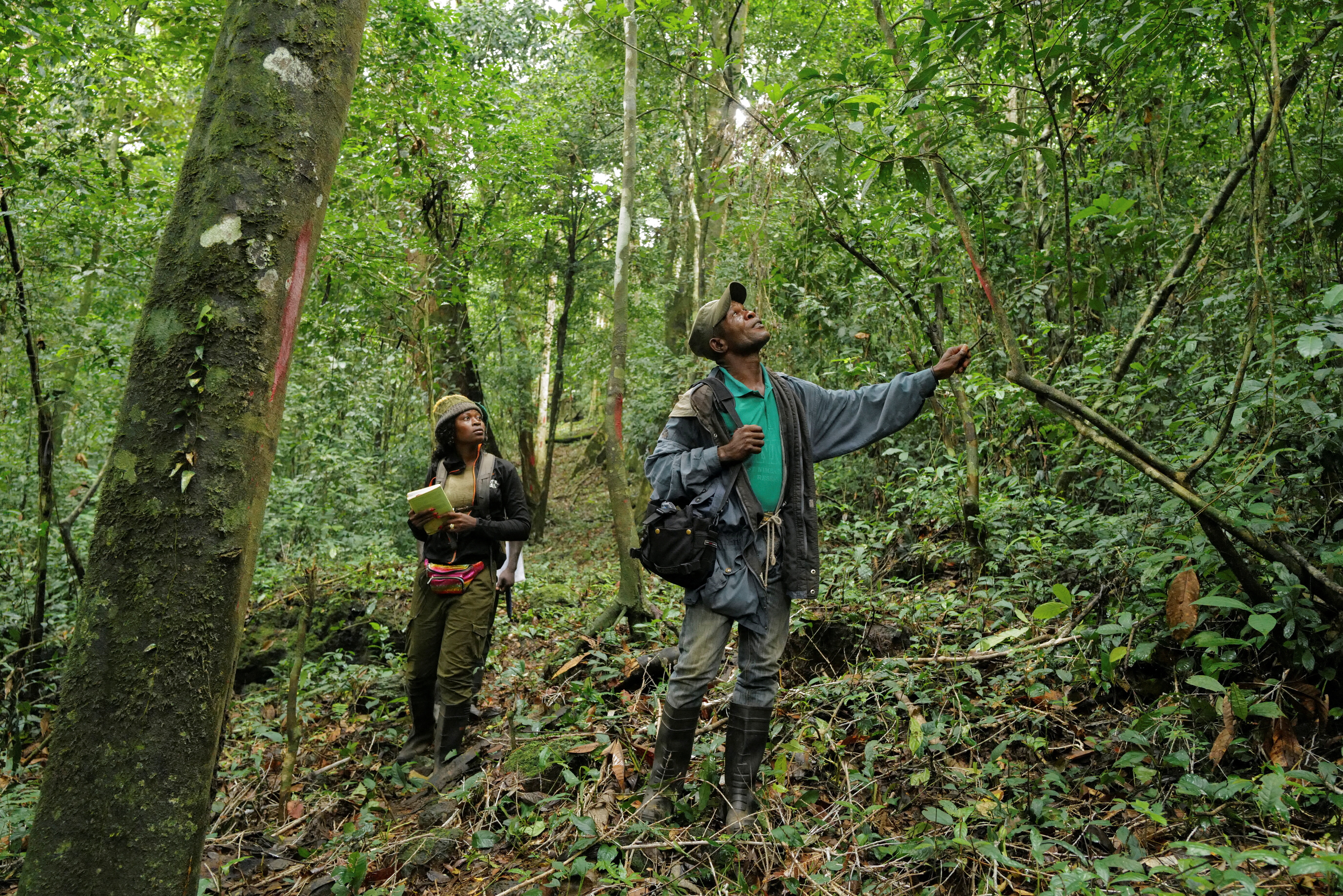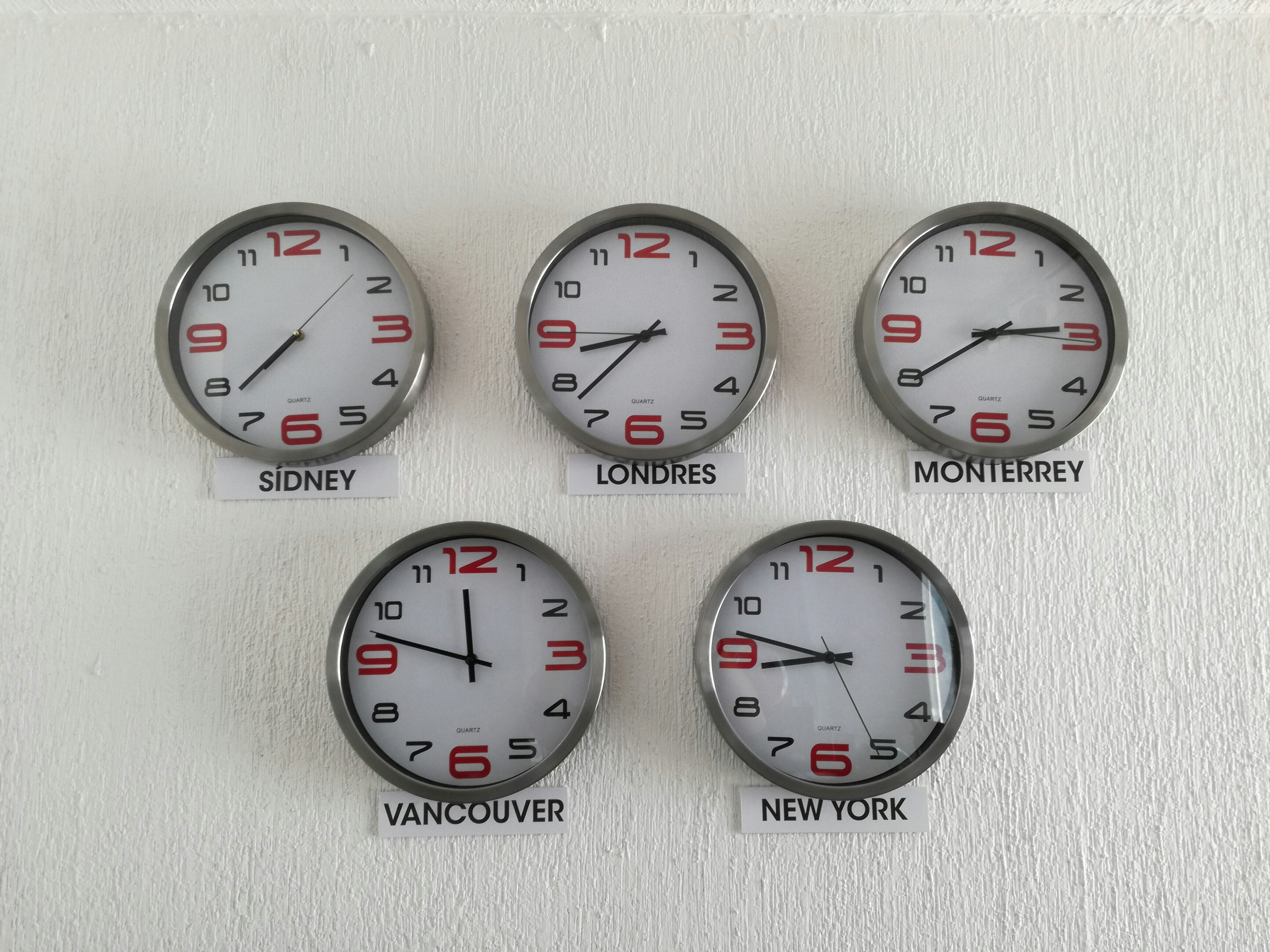How data journalism can improve the world

In January 2014, Kenyan broadcaster NTV aired a 12-minute, data-driven video about the impact of drought in Turkana, an impoverished, isolated region of northern Kenya.
The piece combined personal stories with government data to show the impact of intense and frequent drought-related famines on childhood malnutrition. Before the piece had even finished airing, phone calls from viewers began to flood NTV, and within hours the station had set up a relief fund for Turkana County which raised KES 1.2 million ($14,000). Local politicians offered to sponsor the families featured in the stories. The print version of the story, replete with sophisticated infographics, brought in more donations. Internews data journalism fellow Mercy Juma, who produced the video, followed up with another story on hunger keeping children away from school in Turkana. Since then there have been stories across the Kenyan media on the desperate famine situation.
As exciting as the coverage was, the biggest win for Mercy and the other data journalism fellows who worked with her came when the Kenyan Drought Monitoring Committee asked to share footage from her story. They said they were not aware that the situation had become so desperate and requested access to her data, which she had obtained after long negotiation from the Ministry of Environment, Water, and Natural Resources. The Committee explained that long-term drought relief strategies had been drafted but never implemented. The government, through the Ministry of Planning and Devolution, released KES 2.3 billion ($27 million) for relief efforts in Turkana County, a development that Mercy is following closely along with the progress of the long-term drought relief legislation.
From boot camp to community
This story offers clear proof that open data has the potential to drive positive social change, and that data-journalists can be key to creating the stories that bring that data to life for a community and for policy makers. But getting there is not easy. Data journalism requires a new set of skills and a new community that takes time and patience to build. Internews, a non-profit organisation of which I am the President and CEO, supports data journalism around the world. In doing so, my organisation has learned some valuable lessons.
One popular method for inspiring data-driven journalism in the developing world has been to hold weekend-long “data boot camps” or “hackathons”. These one-off events can generate buzz. Unfortunately, they fall far short of generating the skills practicing data journalists need. Once inspired, boot camp trainees often don’t have the access to a community of practitioners, mentors, or training they need to move forward with the work. When a trainee’s spreadsheet formula produces an unexpected error, the data is too dirty, or the visualisation software doesn’t support a local language, there isn’t anyone to turn to for help. Surveys show that for data journalism to take root, the most important element is to create and foster a data community that can work together to overcome the many barriers to producing and publishing a single data story.
5 lessons for the data journalists of the future
The success in Kenya became possible with the creation of an integrated online and offline approach for training and community building. Central to the online strategy was the Data Dredger, an interactive resource for Kenyan journalists to download, embed, and publish visualisations of Kenyan data. The teams that created the Data Dredger worked through the process of finding, scraping, cleaning, and verifying data for the portal. This work generated a shortcut for journalists and gave them valuable experience with open data.
The offline work centered on a four-month fellowship model geared toward a group of talented media professionals dedicated to learning new skills and producing experimental content and storytelling for their home media outlets. The fellowship was pitched to journalists, graphic designers, and developers as a way for them to develop specialised skills that would make their news outlets shine. Fortunately, the Kenyan media industry is large and several outlets could afford to share a staff member for four months, which is not the case in many developing-country media markets.
An experienced data team then worked with the fellows not only to find data to confirm their hypotheses, but to focus on new questions the data raised. The fellows were asked to go into the field and look for illustrative stories: mothers who had lost daughters to complications of illegal abortions, men dying of preventable diseases when more county resources could have been spent on health, and people with disabilities who hadn’t received safety-net payments in six months.
Through the process we learned several important lessons:
- Data journalism skills take time and commitment from trainees, their editors, and publishers.
- Forging relationships between journalists and the people who have data (governments, think tanks, and academics) is critical to making data journalism sustainable and credible in the absence of open data policies and portals.
- Data journalism requires teamwork — journalists, graphic designers, and developers need incentives to work together on projects (reporting grants, formal partnering agreements, awards, and other forms of recognition can work well).
- The consumer should drive decisions about what format a story takes, whether it is a radio piece for a rural audience with a trusted local community radio, an interactive online visualisation for a wired urban middle class, or an investigative story for a print publication.
- Online production and publication during the learning process helps both journalists and media outlets see the value of dedicating time and resources to data stories.
Can this work in other countries?
While these lessons were critical for success in Kenya, it is important to note that the Kenyan case is somewhat unique. Our fellowship and incubator strategy worked because the project was well funded, the media industry is robust, and journalists are curious about digital media. Though there are currently no operating data desks at media outlets in Kenya, our fellows are now leading the way in editorial positions where they can formally bring together journalists and the vibrant tech community in Kenya.
In many of the countries that could benefit from data journalism, the landscape is very different. There is often little or no history of independent media, open data, or a culture of civic hacking. These data-poor environments are usually further constrained by a lack of open information laws and a dearth of publicly-available data sets. Throw in a general shortage of digital literacy both in the media sector and in the general population and you have a context that makes it very challenging to support emerging data journalists and data stories.
But that doesn’t mean we shouldn’t wade in. In these more challenging contexts, we must exercise patience and persistence. We must begin with a clear-eyed assessment of where to intervene most effectively, whether it is in teaching basic data literacy or in helping local media understand how to build and interpret data visualisations.
This is clearly work worth doing. The only way to realise the potential of the data revolution is if this data becomes accessible, understandable, and relevant. Local journalists who take on that challenge can serve as powerful agents of change, as Mercy and the fellows in her cohort will tell you. We need to help journalists, civic groups, and community activists to become analytical thinkers with a nose for data stories. If we are successful, we will all achieve our goal of a more engaged and informed citizenry in some of the world’s most challenging news environments.
Author: Jeanne Bourgault is President and CEO of Internews, an international non-profit whose mission is to empower local media and the free flow of information worldwide. Eva Constantaras, Internews Data Journalism Adviser, contributed to this article.
Image: A journalist works at the newsroom of the headquarters of Cadena Capriles in Caracas June 3, 2013. REUTERS/Carlos Garcia Rawlins
Don't miss any update on this topic
Create a free account and access your personalized content collection with our latest publications and analyses.
License and Republishing
World Economic Forum articles may be republished in accordance with the Creative Commons Attribution-NonCommercial-NoDerivatives 4.0 International Public License, and in accordance with our Terms of Use.
The views expressed in this article are those of the author alone and not the World Economic Forum.
Stay up to date:
Digital Communications
Related topics:
Forum Stories newsletter
Bringing you weekly curated insights and analysis on the global issues that matter.
More on Economic GrowthSee all
Abraham Baffoe
November 18, 2025







